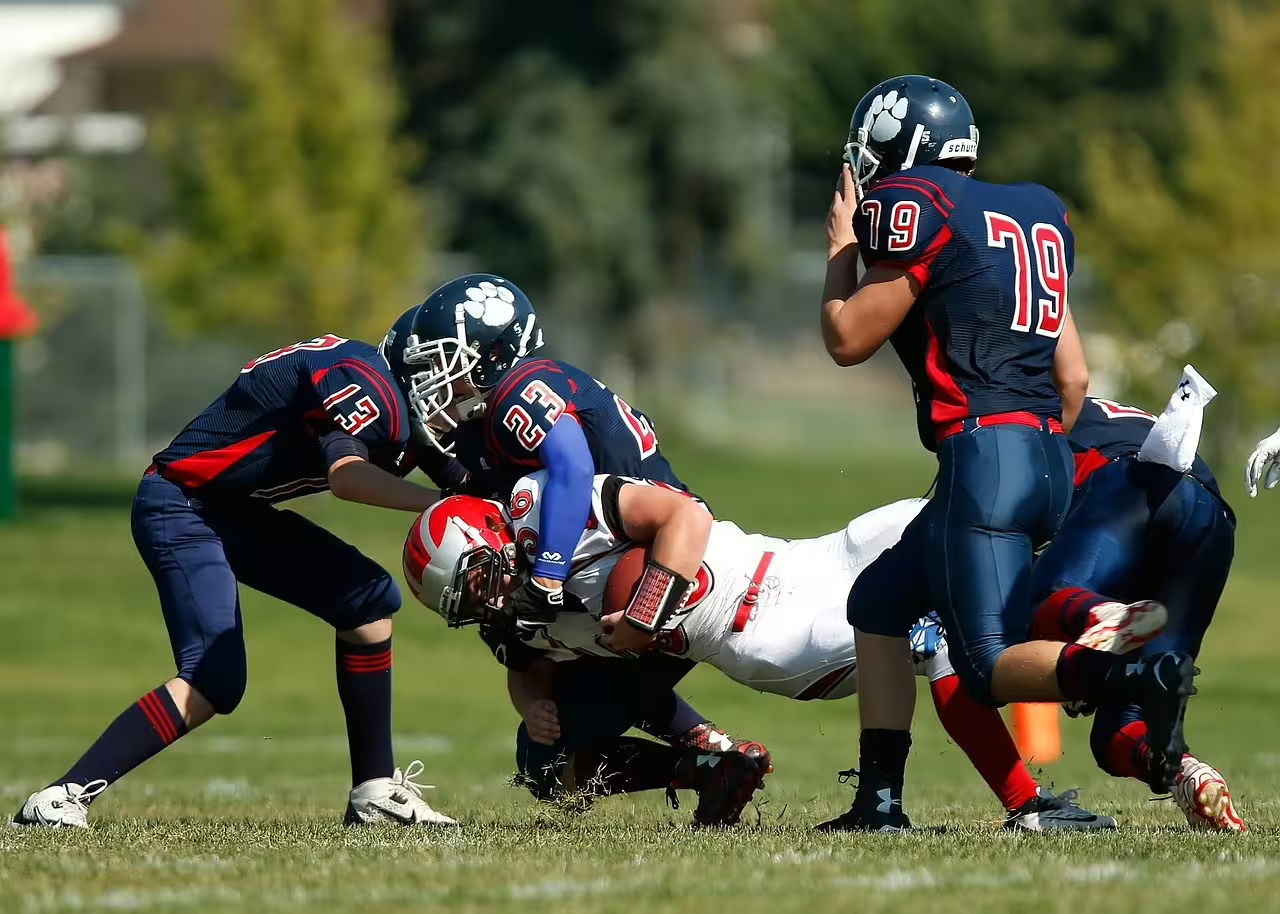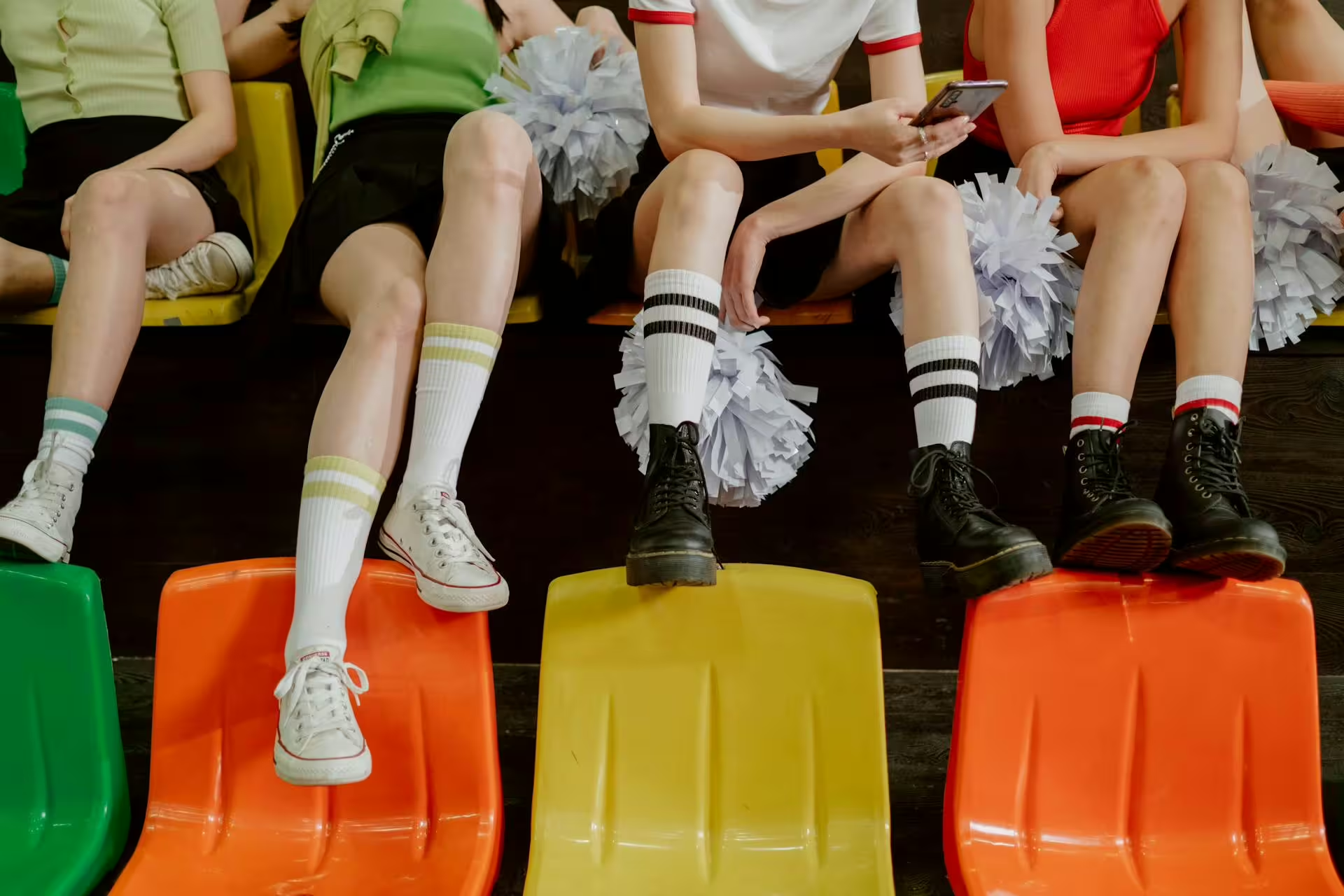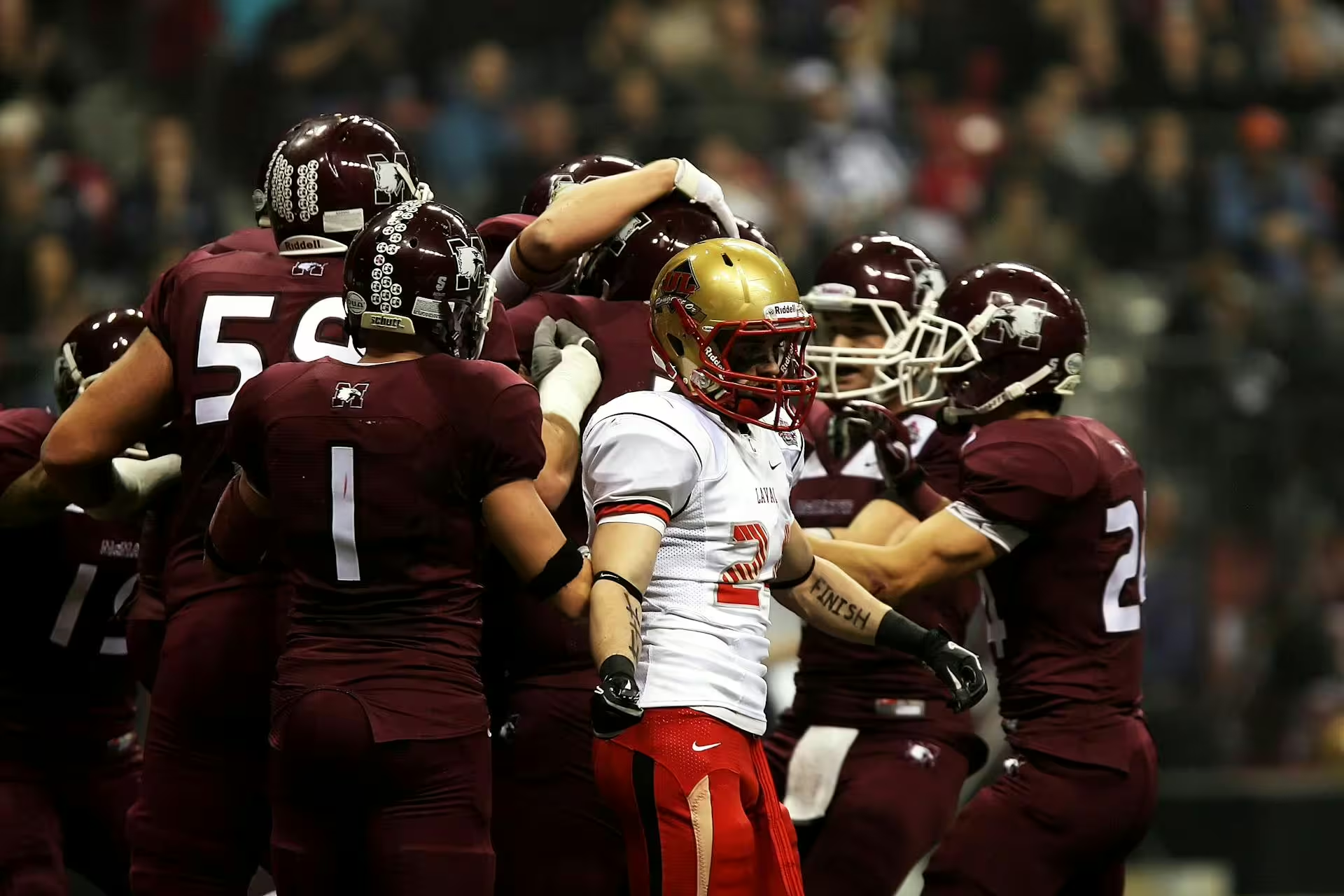When you’re a kid playing sports, the only things on your mind should be fun, friends, teamwork, and victory. Unfortunately, many elementary-age children find youth sports to be a source of pressure or anxiety. The reasons behind these feelings are varied and valid, but few parents know how to deal with such emotions or sort out the root causes in a way that can prevent them from resurfacing in future athletic pursuits. Fortunately, that’s where we come in!
Kids develop sports anxiety for a myriad of reasons. They might be afraid of letting their team down, worried they aren’t doing well enough, or just be experiencing perpetual “pre-game jitters.” Whatever the case may be, when a child’s excitement turns to ash, no one is happy. We parents want our children to enjoy sports, to be lifted up by the experience and feel like they can achieve anything.
In this article, we will teach parents about the nature of sports anxiety. We will explore the most common causes, the most frequent feelings, and cover how parents can help manage stress and anxiety in all its elementary forms. So buckle up and get ready for an emotional journey through the emotions of childhood athletics.
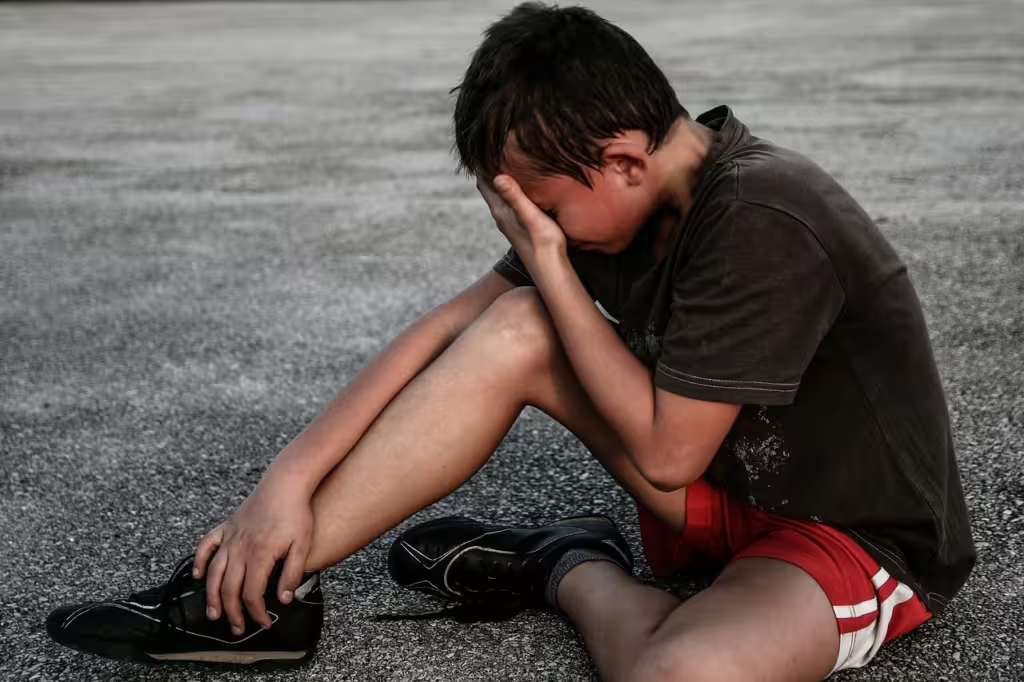
Understanding Sports Anxiety
When we talk about sports anxiety in young children, we aren’t talking about “being nervous” in the way most kids are before they do something new or challenging. True anxiety for a child looks much the same as it does for an adolescent or even an adult. True anxiety can be both physical and emotional, all at once. And yet, when it comes to kids, these types of reactions can be evinced in very subtle ways. Here are some things to keep an eye out for when it comes to your children.
if they are complaining of headaches or stomachaches before practices or games, they might be experiencing the physical symptoms of anxiety. Extreme bouts of anger or extreme emotion could be similar examples of deep-seeded anxiety. At the same time, they also might suddenly want to quit a sport they had previously enjoyed or begin to talk in a negative way about their own abilities or how others perceive them.
To be clear, none of these should be construed as a sign of your child being weak. All this anxiety truly shows is that their emotions are bigger than their ability to cope with them. Most parents have already witnessed this to some degree when their children were toddlers or in the terrible fours, but such emotions are still perfectly normal for elementary-aged kids. After all, we are talking about children whose brains are still developing, and that will be the case until they are well into their first college years.
Why Sports Can Trigger Anxiety
Fear of failure, perfectionism, comparing themselves to others, and simply social stress are all common causes of sport-induced anxiety in children. Kids worry they have to be perfect, not only for themselves but because their friends, parents, and coaches expect it of them. Many children have an innate desire to do things perfectly every time, and seeing other children succeed at that very same thing, when they are still struggling, can only intensify this feeling.
In addition, kids are perpetual parental pleasers. This means that when they know their parents or coaches are watching, their desire to perform perfectly will take precedence. They believe, often erroneously, that adults expect them to always be at their best. The problem is, even well-intentioned encouragement or mildly pushy coaching tactics can amplify this feeling. We may not even mean to push them hard, heck we may not have even said anything that we perceive to be overly pushy or critical, but what we often forget is that kids take everything that parental figures say to heart. So we must be mindful of this, especially when it comes to youth sports.
The Science of Anxiety
In biological terms, an anxious child is often experiencing a primal “fight, flight, or freeze” response, even if they don’t know it. Stress hormones like adrenaline and cortisol surge in these anxious moments, increasing the child’s heart rate and muscle tension, and causing all manner of physical and emotional feedback. They might feel it as a headache, stomachache, shaky hands, or via an uncontrollable emotional response like anger, fear, or sadness. As one can imagine, this is all quite overwhelming for many kids.
Adults, meanwhile, use this same response to sharpen our focus, but children are unable to process these sensations as anything other than “something’s wrong,” an interpretation that only reinforces their mounting anxiety. this type of negative feedback loop can only be countered by understanding; which is where parents come in. Normalizing the feelings and helping reframe them as something useful, such as a “sense of readiness or excitement” can vastly help children to cope with what they are experiencing, and ultimately overcome their anxiety altogether.
How Parents Can Help
Right from the start, be sure to let your child know that their feelings are valid, that it’s okay for them to feel nervous; that everyone feels it, even professional athletes. Teaching them that some measure of anxiety is normal will help reduce any additional shame they might feel. Also, try to help them focus on improvement rather than the outcomes. Keep your own emotions in check. Kids mirror our behavior at every turn, so if you’re pacing, shouting, or tense from the bleachers, your child is going to feed on that. The trick is to stay calm and motivational, remind them that you love them, regardless of the game’s conclusion or the number of points they score. Finally, make sure they are well-rested and have proper nutrition. These factors may not seem like they matter, but better physical health can often help the mind overcome emotional stress.
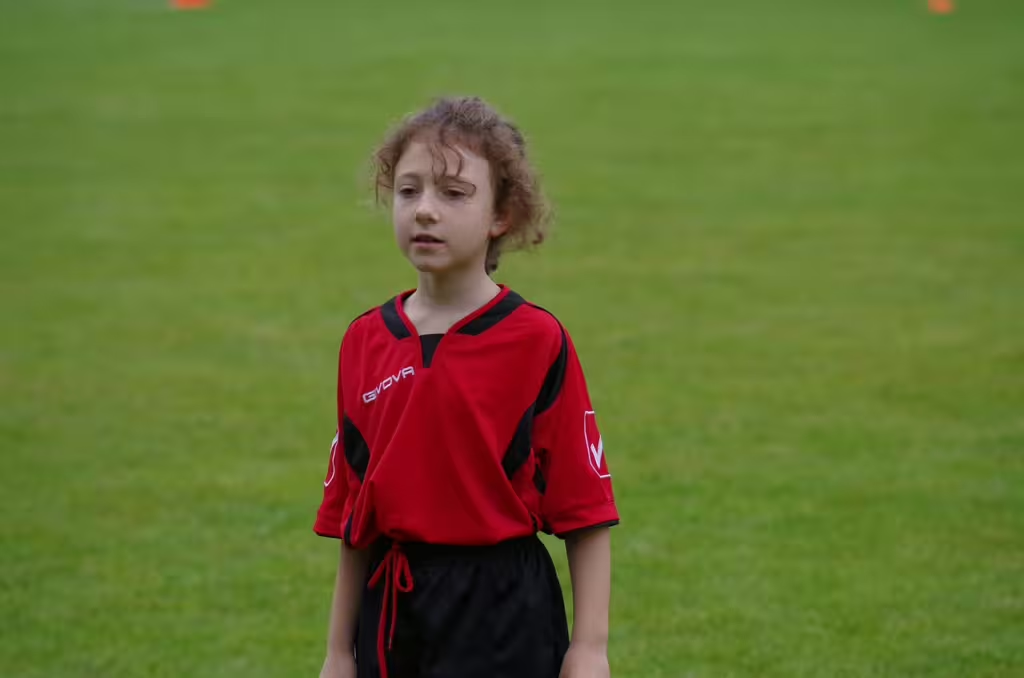
The Big Difference Between Motivation and Pressure
Parents should understand that there is a fine line that exists between encouraging one’s child to try hard and pushing them too hard. The right motivation helps kids to grow but added pressure will make them shut down and burn out. The difference between these two concepts is easily defined: motivation is about a child’s effort, learning, and enjoyment, whereas pressure is focused more on success, failure, outcome, and approval. If you can spot the difference, then you know which will help your child more.
The “Quitting” Conversation
At some point, your child may outright say that they want to quit sports. This might be the right decision for them, in the long run, but before they make that decision, you should help them to explore the reasons behind it. Ask them what part of the sport makes them feel so worried. Dig deep and see if the coach, the other players, your own behavior, or something else is pushing them away from the sport. In many cases, taking a break from the sport, switching their role on the team, or simply doing other athletic activities can work wonders.
In the end, if they still want to quit, do your best to treat it as a positive transition, rather than a failure. They need to understand that maybe that sport just wasn’t for them and that there are many other physical outlets they can engage with that will be less stressful; they just need to be willing to try the next thing.
Beware of High Anxiety
Parents are going to be concerned about anxiety, that is only natural, but most of the time, these worries are as unfounded as those giving our children the bubble guts. That said, while occasional nerves are perfectly normal, we must be mindful or severe anxiety and its symptoms. Persistent or severe anxiety can interfere with a child’s sleep patterns, academic performance, relationships, and their appetite. Keep an eye out for sudden irritability or withdrawal from previously enjoyable activities; even those beyond sports.
If your child has physical symptoms like frequent headaches or stomachaches, either before every practice or when they are gearing up for sports activity, you may want to consult a doctor. Negative self talk or further signs of depression may also necessitate a need to speak to a therapist or their pediatrician. In the end, this is all a means of preventing long-term anxiety, fear of failure, or general avoidance behaviors.
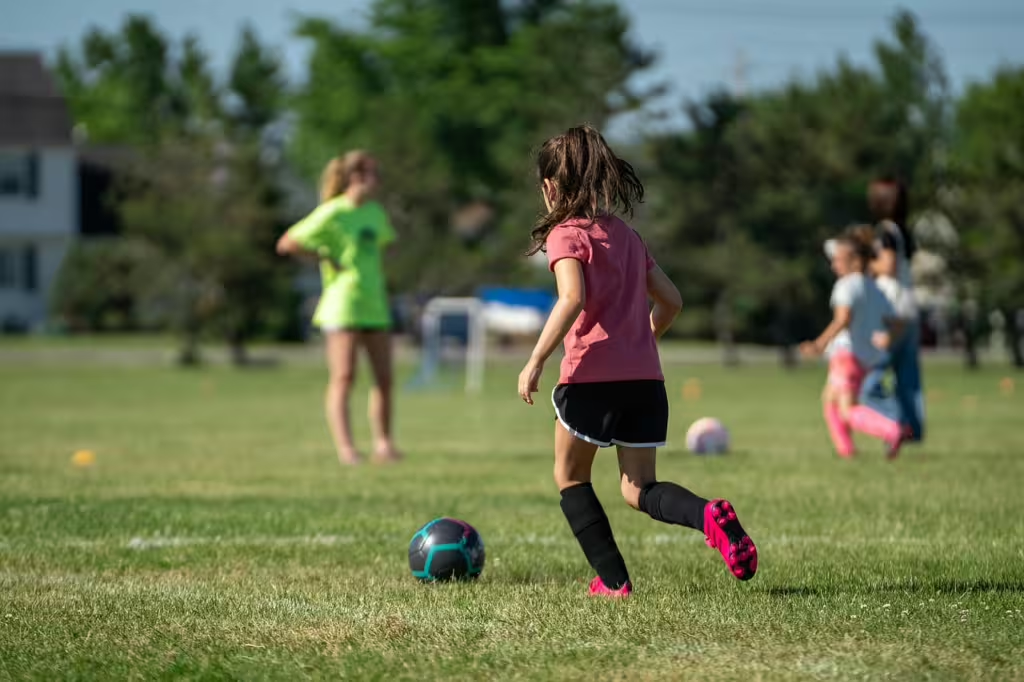
Cultured Athlete Says…
As you can see, youth sports anxiety is more common in elementary level athletes than you might believe. Despite this, the right amount of understanding, patience, and the right strategies will enable you to help your child overcome these worries. With the proper tools, you too can help turn their concerns into confidence and bring back the joy of sports. Teaching them these vital lessons in resilience, perseverance, teamwork, and self-reliance from a young age, will enable them to carry those attributes with them into any future athletics they choose to engage with.
Discover more from CulturedAthlete
Subscribe to get the latest posts sent to your email.




